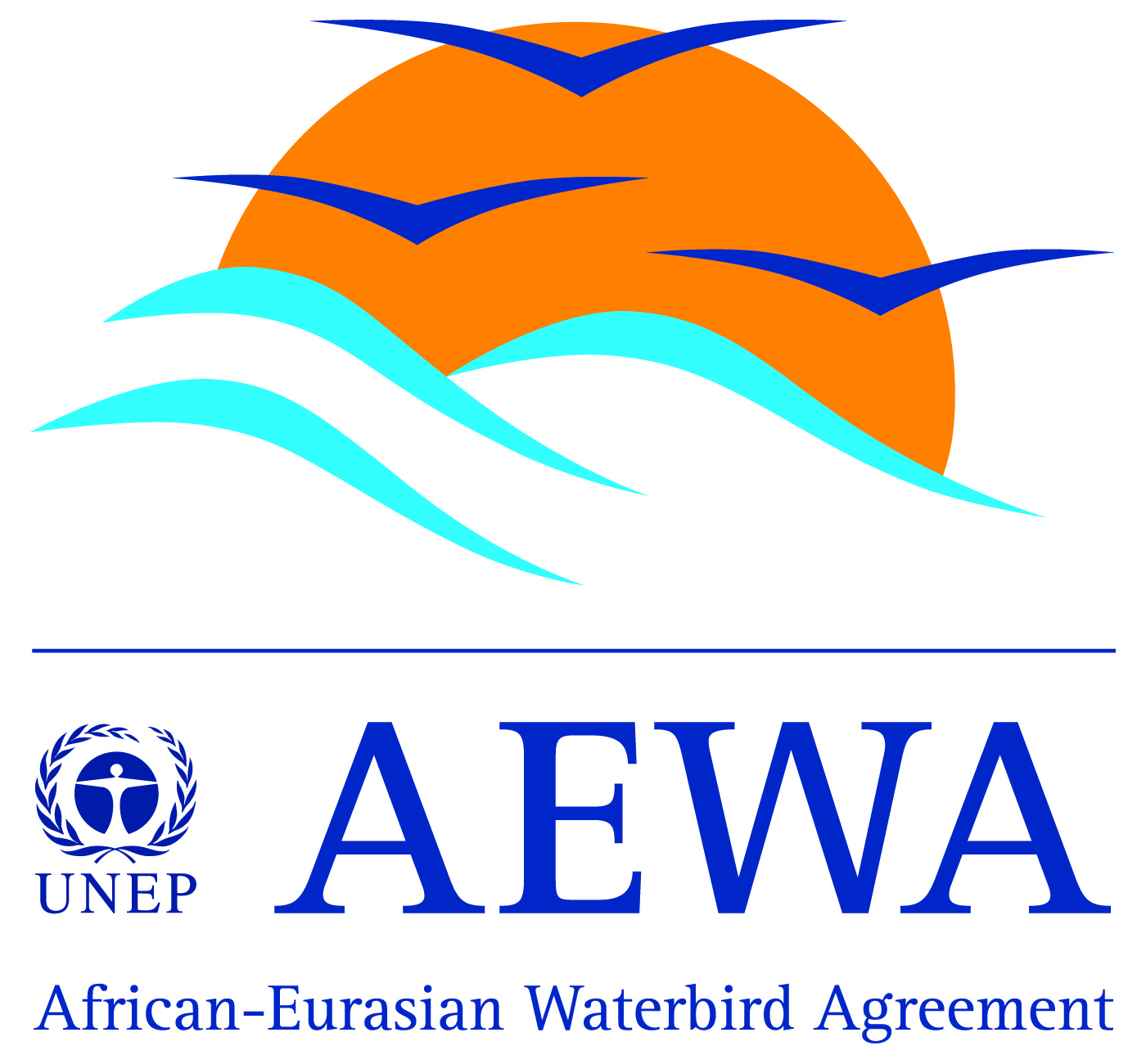Actions to conserve biodiversity
We have summarised evidence from the scientific literature about the effects of actions to conserve wildlife and ecosystems.
Review the evidence from the studies
Not sure what Actions are? Read a brief description.
Search for evidence
e.g. "frogs chytrid"
3690 Actions found
Refine
Hide
3690 Actions found
Download Actions
| 0 selected |
|
Order results by:
| Action | Effectiveness | Studies | Category | |
|---|---|---|---|---|
|
Use motor bar mowers rather than rotary mowers Action Link |
Awaiting assessment | 2 |
|
|
|
Mark the location of webs or caterpillars before mowing Action Link |
Awaiting assessment | 1 |
|
|
|
Maintain or restore traditional water meadows and bogs Action Link |
Awaiting assessment | 5 |
|
|
|
Maintain or restore native wood pasture and parkland Action Link |
No evidence found (no assessment) | 0 |
|
|
|
Maintain upland heath/moorland Action Link |
Awaiting assessment | 3 |
|
|
|
Reduce field size (or maintain small fields) Action Link |
Awaiting assessment | 5 |
|
|
|
Manage hedgerows to benefit wildlife (e.g. no spray, gap-filling and laying) Action Link |
Evidence not assessed | 17 |
|
|
|
Plant new hedges Action Link |
Awaiting assessment | 7 |
|
|
|
Manage ditches to benefit butterflies and moths Action Link |
No evidence found (no assessment) | 0 |
|
|
|
Protect in-field trees Action Link |
Evidence not assessed | 1 |
|
|
|
Plant in-field trees (e.g. copses) Action Link |
No evidence found (no assessment) | 0 |
|
|
|
Provide or retain set‐aside areas in farmland Action Link |
Awaiting assessment | 9 |
|
|
|
Create uncultivated margins around intensive arable or pasture fields Action Link |
Evidence not assessed | 10 |
|
|
|
Plant grass buffer strips/margins around arable or pasture fields Action Link |
No evidence found (no assessment) | 26 |
|
|
|
Plant more than one crop per field (intercropping) Action Link |
Evidence not assessed | 1 |
|
Download Actions
| 0 selected |
|
Watch this search
If you are familiar with RSS feeds, please click the button below to retrieve the feed URL:
RSS feed for this searchIf you are unfamiliar with RSS feeds, we would suggest reading this BBC article.
Unfortunately, due to the number of feeds we have available, we cannot provide e-mail updates. However, you could use tools such as Feed My Inbox to do this for you.
What are 'Individual studies' and 'Actions'?
Individual studies
An individual study is a summary of a specific scientific study, usually taken from a scientific journal, but also from other resources such as reports. It tells you the background context, the action(s) taken and their consequences.
If you want more detail please look at the original reference.
Actions
Each action page focuses on a particular action you could take to benefit wildlife or ecosystems.
It contains brief (150-200 word) descriptions of relevant studies (context, action(s) taken and their consequences) and one or more key messages.
Key messages show the extent and main conclusions of the available evidence. Using links within key messages, you can look at the paragraphs describing each study to get more detail. Each paragraph allows you to assess the quality of the evidence and how relevant it is to your situation.
Where we found no evidence, we have been unable to assess whether or not an intervention is effective or has any harmful impacts.





)_2023.JPG)














